Revit Guides
Data Management
ELI5
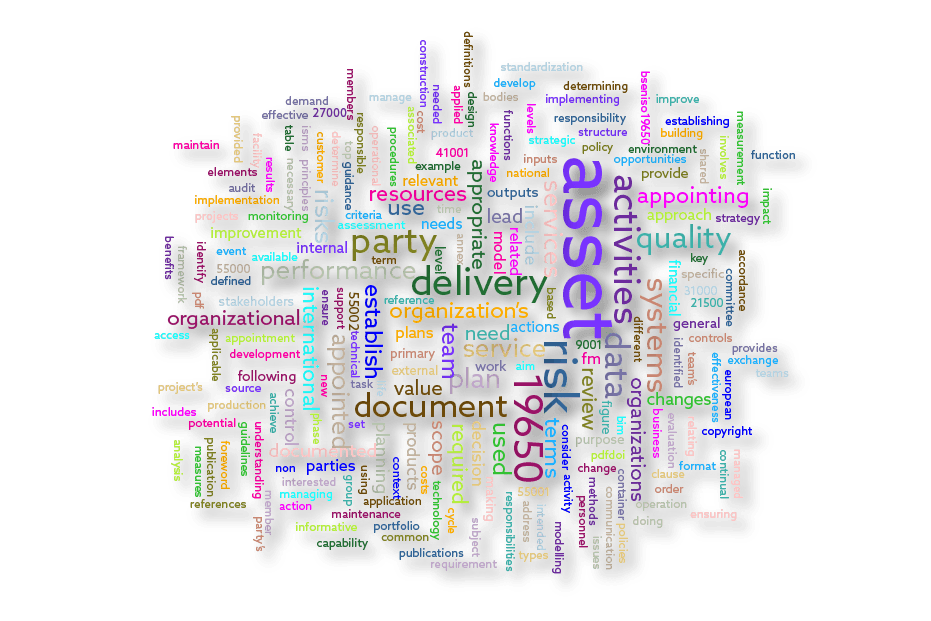
PAS 1192 vs ISO 19650 terms
Quick reference guide In here you can find a quick reference guide with PAS1192 and ISO 19650 terminology comparison. PAS references (superseded) ISO References (current) Pre-contract BEP Pre-appointment BEP Post-contract
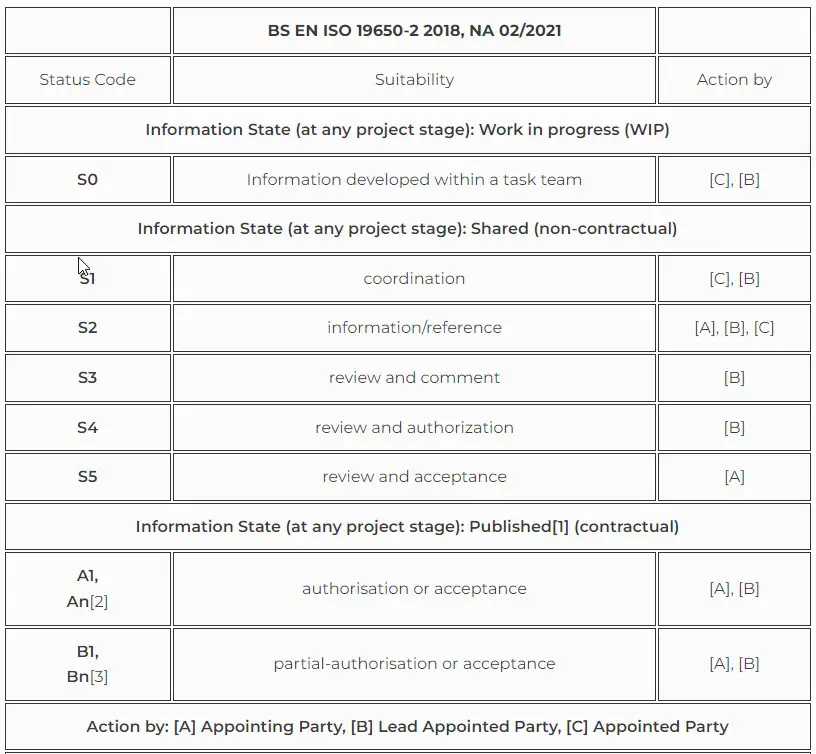
BS EN ISO 19650-2 UK National Annex (NA) 2021 status and suitability reference table
BS EN ISO 19650-2 2018, NA 02/2021 Status Code Suitability Action by Information State (at any project stage): Work in progress (WIP) S0 Information developed within a task team [C],
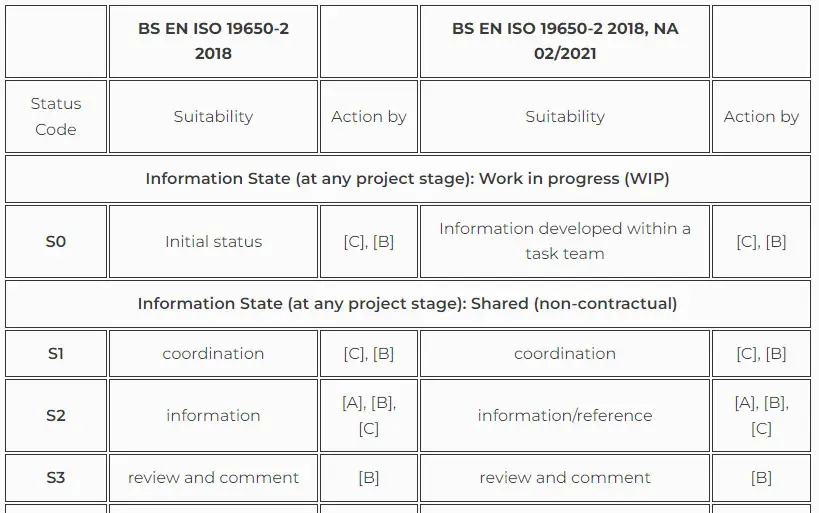
Comparison of status codes between UK National Annex (NA) 2018 vs UK NA 2021
BS EN ISO 19650-2 2018 BS EN ISO 19650-2 2018, NA 02/2021 Status Code Suitability Action by Suitability Action by Information State (at any project stage): Work
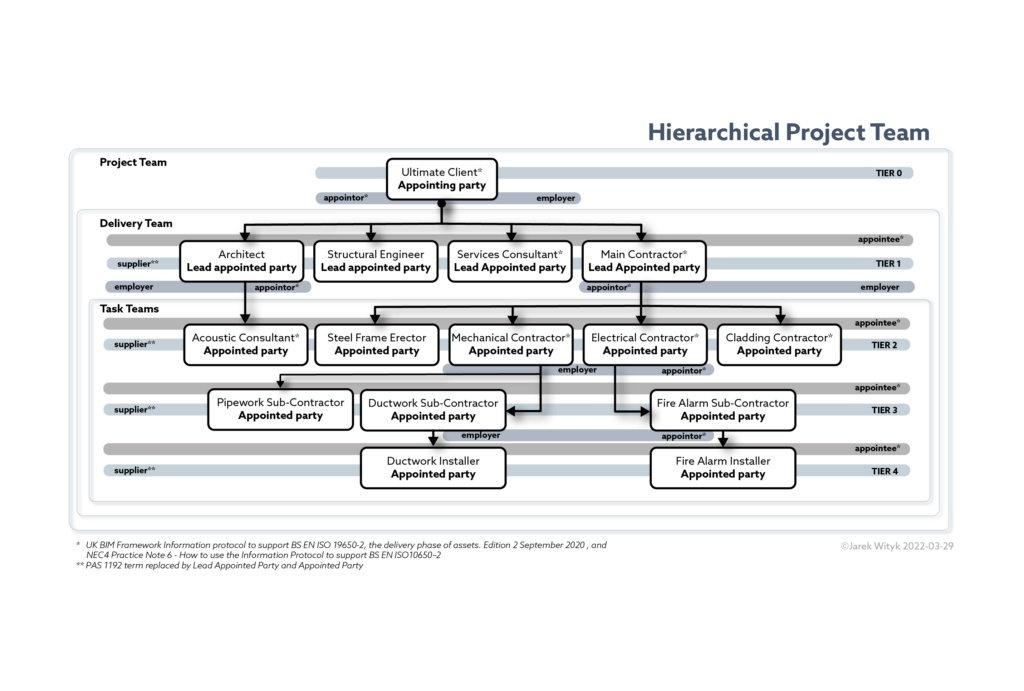
Terminology and UK Contract Law
The use of terms such as Lead Appointed Party, Appointed Party and Task Team in lieu of terms: employer, supplier, contractor and subcontractor, require clarification to become legally binding. The

The role of management in BIM implementation at a project and organisational level
Introduction While comparing the experience of working in smaller practices fulfilling the combined role of designer shared with BIM leadership position, and the experience of dedicated BIM management role within

Psychological attributes of collaborative working
The psychology of workplace collaboration can be traced back to the everyday interactions that occur in any organization. In the fast-evolving business world, there is a rising need to move
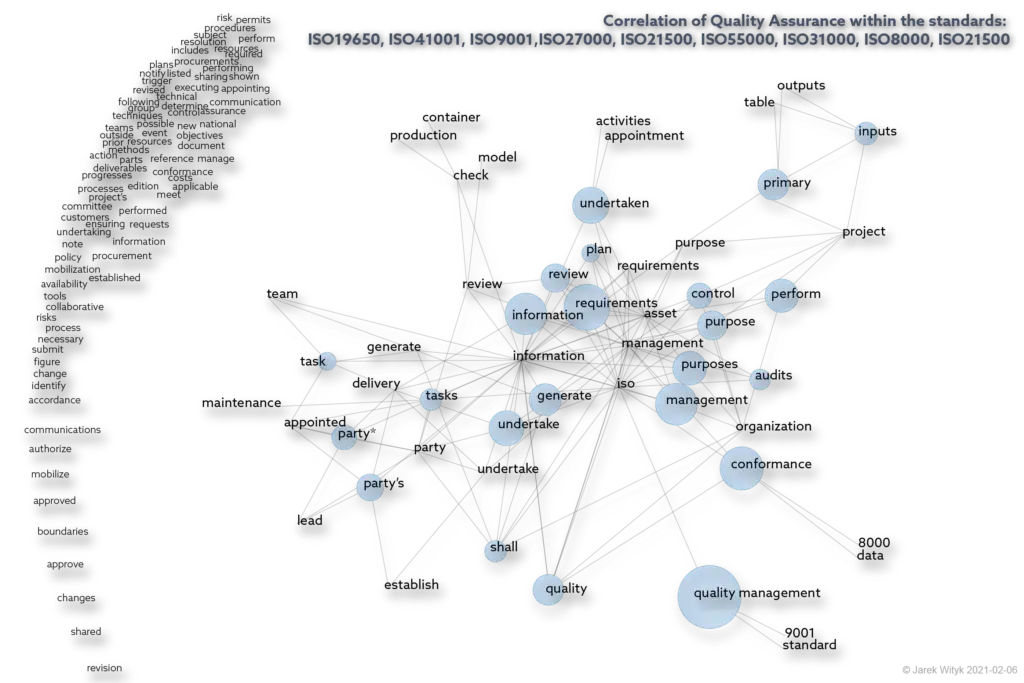
Quality Management and Standards
Most articles start with a definition of quality management and then dive deep into Quality Control (QC) and Quality Assurance (QA). In here I concentrate on the quality, value and
Architecture, Engineering and Construction (AEC) integration with Industry 4.0
The meaning of the term Industry 4.0 has not been concluded. There is a level of ambiguity of what it means for the construction industry[1] According to Jim Mansfield,

The importance of Information Requirements to a successful Asset Information Management (AIM) System
Introduction One of the challenges is the Appointing Party’s difficulties with the development of successful Operational Information Requirements in relation to asset management. Understanding the business challenges that define the

BIM Classification and Standardization Systems
Introduction There are companies in the construction industry which do not favour standardization; these companies benefit from revenue and profits from change orders (variations), inevitably resulting in claims increasing cost

Insurance Backed Alliancing projects under the IPI model
Introduction Martin Davis member of the New Models of Construction Procurement (NMCP) Working Group and the Integrated Project Insurance (IPI) mentor describes the Integrated Project Insurance model (IPI) coupled up
Management of Sustainability in BIM
Introduction Sustainability in terms of Building Information Modelling (BIM) was defined as the sixth dimension of BIM by a large consulting firm as “what to do in terms of sustainability”[1]
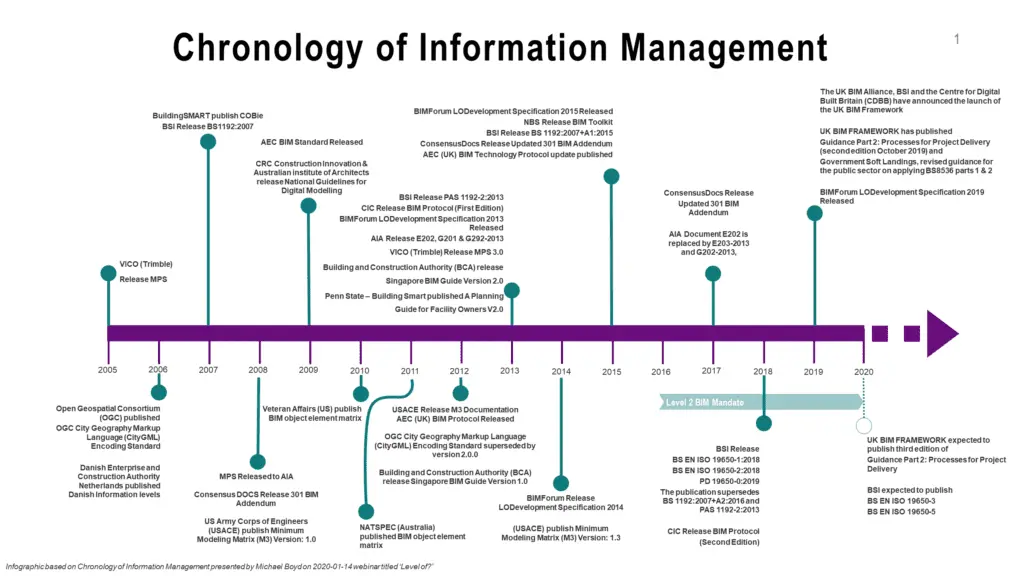
The Level of and Progression Management systems
The ISO 19650 set of standards introduces a new term: ‘Level of information need’ which is designed to replace the terms used in BS EN 1192 such as Level of
Integrated Digital Delivery
History History’s Professor, Yuval Noah Harari, in his book Homo Sapiens reached a conclusion that humans developed an ability to transmit information about things that do not really exist (stories),
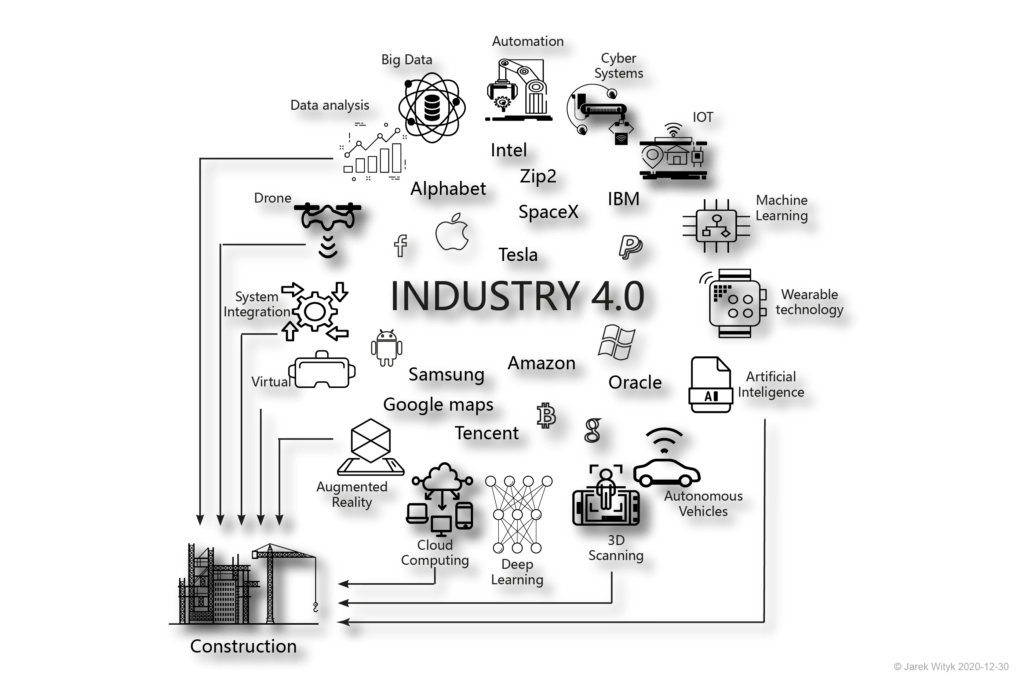
The future of BIM Managers in the AEC Industry
The future of BIM Manager The ‘BIM Manager’ role is discussed here in broad terms of management, not confined into a specific BIM role.[1] The function of BIM Manager already
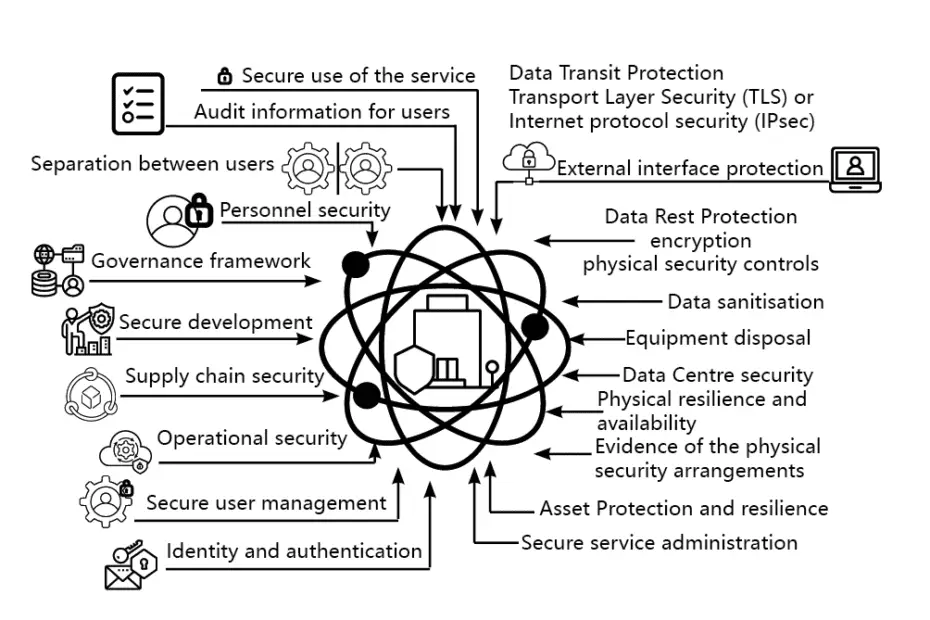
Management of the cyber-security threats in Common Data Environment
The increased reliance of the IT Technology Widely used cloud-based systems with file-sharing protocols have are the way of the future, but the use of such a platforms increase the

